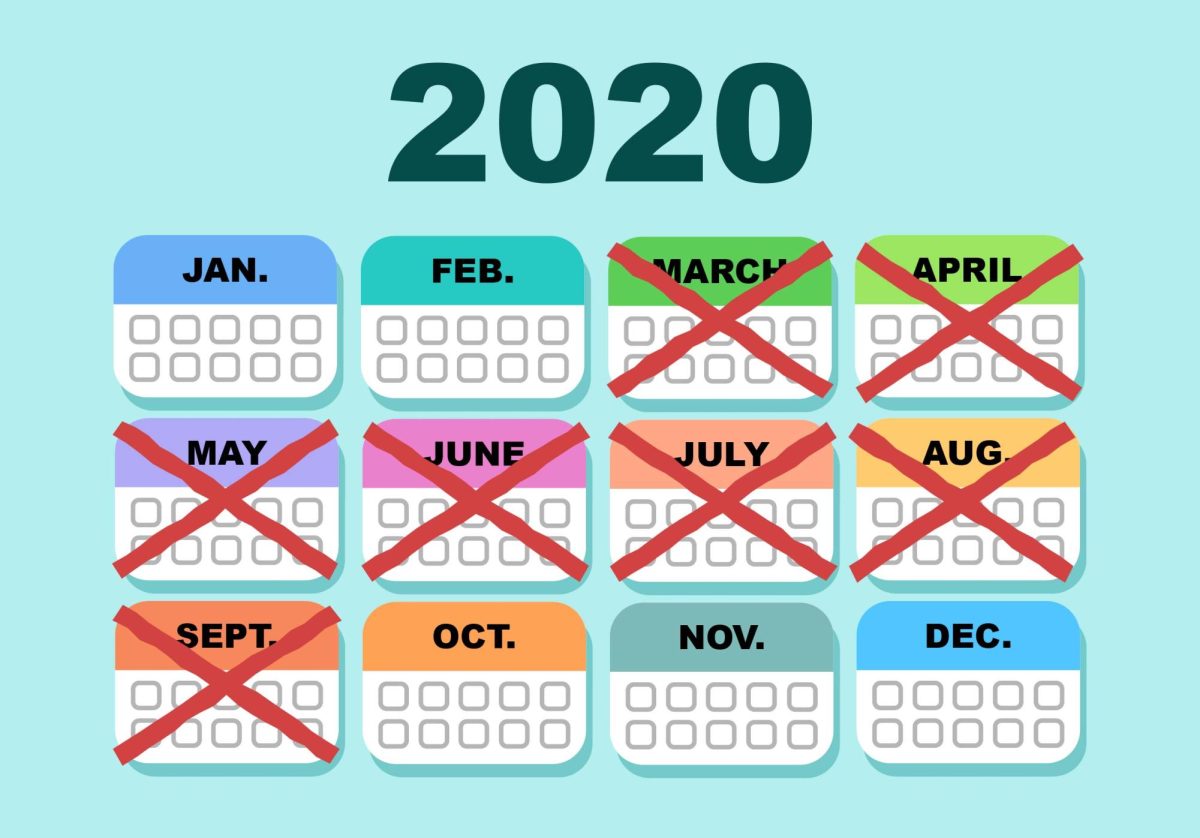At the behest of central administration, the College of Liberal Arts on Friday, April 14, instructed many of its departments to slash their 2023–24 teaching budgets by 10–50%, with the goal of reducing instructional spending by $3.4 million.
After outrage from student groups and leadership from CLA chairs, Dean John Coleman announced on April 28 that the college made a “coding error,” and would return $941,000 to departments facing the steepest cuts. He also argued that the remaining $2 million in cuts “is not” “significant.” Yet that is roughly equivalent to 200 courses or sections.
This decision is significant. It will have profound impacts for students, instructors, and the future well-being of the college.
That class in Somali or sociology you wanted to take? It might be on the chopping block. That favorite teacher you want to study music with again? They may lose their job. That small writing seminar you’re looking forward to? It’s about to get bigger, since the college will recover lost revenue by raising enrollment caps.
These cuts are deep, unjustifiable and unwise.
This catastrophic action will undermine student experiences at the University of Minnesota by eroding course offerings and eliminating many of the college’s finest teachers. It will take a profound human toll on instructional faculty, who already work in precarious conditions despite their critical role in carrying out the teaching mission of the university.
Over 60% of all undergraduate credit hours in CLA are taught by contingent faculty who work for as little as $6,000 per course on short-term contracts. They are the gig workers of higher-ed and the courses they teach will be the first to go.
One can’t help but wonder how eliminating tuition-generating courses will help the University’’s financial outlook. Take a simplified model: if an average of 25 students enrolled in 200 three-credit courses and paid an in-state tuition rate of $538 per credit, the University would be looking at $8,070,000 in tuition revenue. That’s a $6 million return on investment. In other words, courses don’t cost the University money: administrators do. We have 612 of them who earn more than the governor of Minnesota.
CLA administrators will point out that international and transfer enrollments have fallen since the pandemic. Yet dependence on such a model is the result of their own poor and exploitative planning, which itself arises out of the central administration’s relentless devaluation of teaching.
These cuts come on the tail of years worth of austerity measures: while overall spending at the University has climbed, instructional spending has sharply dropped since 2006, when it accounted for 28% of the overall budget. In 2022 that number was just 20%.
This immediate crisis is part of a long-term trend that raises the question: why is University administration undermining the University’s largest college?
CLA offers 31 degree programs that enrolled 12,631 students in the fall of 2022, and awarded 3,030 degrees in the 2021–22 academic year.
These numbers do not account for the thousands of students from across the university who enroll in CLA to take courses in literature, political science, history, communications, theater, psychology, statistics, the arts and languages like Hmong, Spanish and Dakota.
The college is the vital center of the University’s core mission to provide a robust civic and liberal arts education to all students. Shrinking it is more than a default on this mission, it is a profound disinvestment in one of the university’s greatest assets.
To be clear: this isn’t a funding crisis. It’s a distribution crisis.
There are unprecedented funds in the University’s endowment. There is a historic budget surplus in the state. There are highly paid administrators on this campus whose job it is to solve difficult problems. So there is no excuse for imperiling CLA, which is a bedrock of teaching, research and outreach.
Any responsible vision for the future of the University must involve a robustly funded CLA.
Coleman is leaving CLA in crisis, but the ultimate responsibility lies with our central administration. This budget shortfall has been building for years while President Joan Gabel and other top administrators did little to address it. Students, instructors and the University are about to bear the burden of an abject failure of leadership.
As Gabel and Coleman walk away from the mess they’ve helped create, it is now up to Provost Rachel Croson to find the political will and the financial means to stop this disastrous action.
As a student, you can take two direct actions to stand up for CLA: the first is to write to Croson. Ask her what could possibly be more important to your education than having classes to take and faculty to teach them. The second is to join the Chop from the Top rally happening this Thursday, May 11, at noon on McNamara Plaza. Let’s cut administrative salaries, not classes.
By the American Association of University Professors – UMN Twin Cities Chapter
Sumanth Gopinath, President, Associate Professor of Music Theory
Heather Holcombe, Vice President, Lecturer in English
Teri Caraway, Treasurer, Professor of Political Science
Gopalan Nadathur, Secretary, Professor of Computer Science
Nathaniel Mills, Member, Associate Professor of English
Ruth Shaw, Member, Professor of Ecology, Evolution and Behavior
Eric Daigre, Member, Senior Lecturer in English
Elizabeth Hartman, Member, Lecturer in Writing Studies
Tracey Blasenheim, Member, Lecturer in Political Science
Rachel Trocchio, Member, Assistant Professor of English
Shana Watters, Member, Associate Teaching Professor of Computer Science
William Jones, Member, Professor of History
The University of Minnesota Twin Cities Chapter of the American Association of University Professors advocates for shared governance, academic freedom and fair working conditions in higher education teaching and research.








